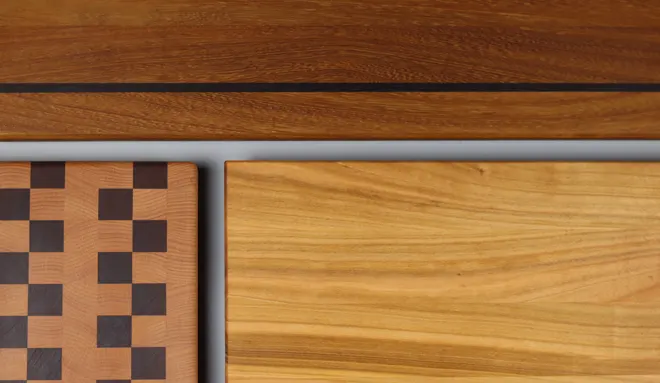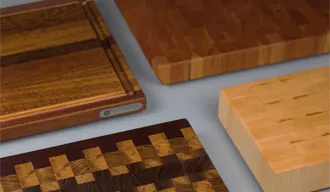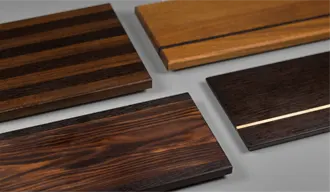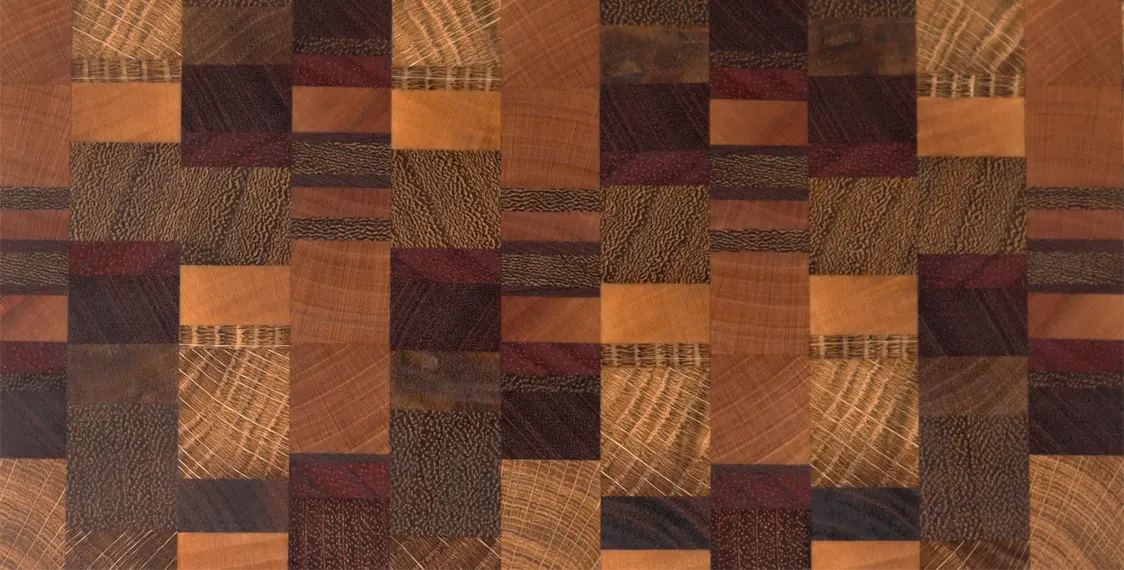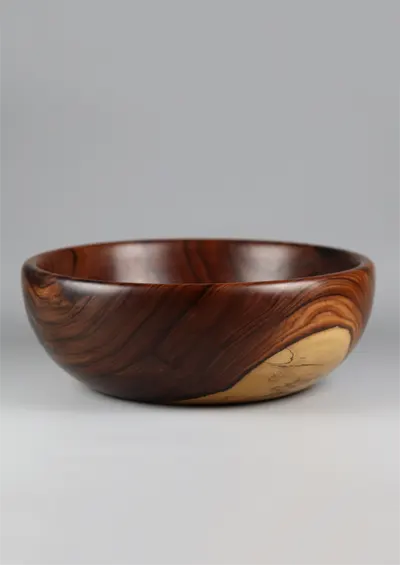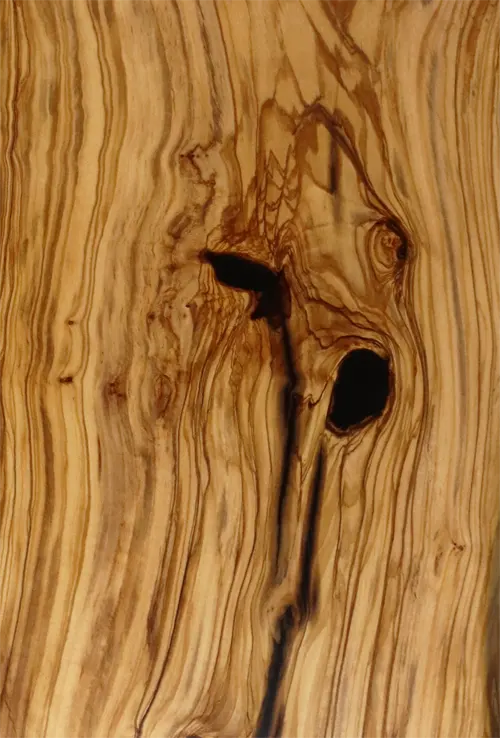IPE Wood: Uses and Characteristics
What is IPE wood?
IPE wood, also known as lapacho, is recognized worldwide for its extraordinary durability and sophisticated aesthetic.
Originating primarily from South America, this species has gained great popularity in demanding projects due to its natural resistance to external agents and its elegant appearance.
In this article, we’ll explore in detail the characteristics and uses of IPE wood, as well as the reasons why it has become a favorite choice in the high-end wood market.

Main characteristics of IPE wood
One of the most frequently asked questions is what characteristics does IPE wood have? To answer this question, it’s essential to understand its technical properties:
Hardness and strength
IPE is one of the hardest woods in the world. Its density ranges between 1,050 and 1,200 kg/m³, making it exceptionally resistant to impacts, wear, and heavy loads.
Natural durability
It has outstanding natural resistance to fungi, termites and other wood-eating agents, without the need for additional chemical treatments.
Dimensional stability
Thanks to its low shrinkage and movement, IPE maintains its shape with minimal deformation even in environments with high humidity or direct sunlight.
Color and texture
Its color varies from dark olive brown to more reddish tones, with fine veining and a uniform texture. Over time, if left untreated, it can acquire a silvery-gray patina when exposed to the elements.
Difficulty of work
Due to its high density, it requires specialized tools for cutting and machining. Pre-drilling is recommended for screw connections.
These properties make IPE a premium choice for both exterior and interior applications that demand high durability and refined aesthetics.
Technical characteristics of Ipé wood
| Property | Value |
|---|---|
| Scientific name | Tabebuia spp. (also known as Handroanthus spp.) |
| Origin | Central America and South America |
| Colour | Dark olive brown to reddish brown; may acquire a silvery-grey patina over time if left untreated |
| Density | 1,050–1,200 kg/m³ at 12% humidity |
| Janka hardness | 3.684 lbf (16.390 N) |
| Hardness | 8.5 on the Chalais-Meudon scale; 14.6 on the Monnin scale |
| Dimensional stability | Very stable; volumetric shrinkage coefficient: 0.41%; shrinkage ratio: 1.27% |
| Natural durability | Very durable; highly resistant to fungi, termites, and other wood-eating agents. |
| Impregnability | Sapwood: moderately impregnable; heartwood: slightly impregnable |
| Static flexural strength | 1.750 kg/cm² |
| Compressive strength | 890 kg/cm² |
| Modulus of elasticity | 200.000 kg/cm² |
| Workability | Difficult to work with due to its high density; requires specialized tools and pre-drilling for joints |
| Common applications | Outdoor decking and flooring, outdoor furniture, cladding and facades, structural elements, serving boards and kitchen utensils |
Main uses of IPE wood
What is IPE wood used for? Thanks to its excellent performance in adverse conditions, it has a wide range of applications:
Decking and outdoor flooring
It is especially popular on terraces, walkways, swimming pools and piers due to its resistance to moisture and mechanical wear.
Outdoor furniture
Ideal for benches, tables and pergolas where strength and durability are required.
Cladding and facades
Used in contemporary architectural projects that seek to integrate the warmth of wood with functionality.
Structural elements
In constructions where wood is needed that can withstand heavy loads and environmental stress.
Serving boards and kitchen utensils
Thanks to its hardness and natural beauty, IPE is also used in designer products such as exclusive cutting boards and serving boards.
Is IPE wood a good choice for outdoors?
IPE wood is considered one of the best options for outdoor use.
Its combination of mechanical resistance, stability in the face of climate change, and low maintenance requirements puts it far ahead of other tropical species.
However, to preserve its original color, it is recommended to apply specific oils periodically.
Conclusion
IPE wood stands out as one of the most reliable and elegant alternatives for those seeking longevity and distinction in their projects. Its hardness, stability, and natural beauty make it ideal for applications requiring high performance and superior aesthetics.
If you’re interested in appreciating the quality and elegance of IPE wood in unique products, we invite you to visit our serving boards page and discover how this extraordinary species can be transformed into exclusive pieces for your home or business.
FAQ: Frequently Asked Questions
How strong is IPE wood?
IPE wood is one of the most resistant in the world.
Thanks to its high density and natural composition, it withstands impact, weight, moisture, and insect attacks without the need for chemical treatments, making it an ideal choice for outdoor and demanding projects.
How long does IPE wood last outdoors?
With proper maintenance, such as applying protective oils, IPE wood can last more than 50 years in outdoor environments.
Even without treatment, it retains its structural strength for decades, although its color may turn to a natural silvery gray.
Does the IPE require a lot of maintenance?
No. One of the advantages of IPE is its low maintenance.
To preserve its original color, it is recommended to apply a specific oil once or twice a year.
If the natural gray tone is preferred, maintenance can be even lower.
Is IPE wood slippery when wet?
No, one of the standout features of IPE is its natural non-slip texture, making it ideal for areas near pools, docks, and outdoor decks.
What is the difference between IPE and other tropical woods?
Unlike other tropical woods such as teak or cumaru, IPE offers greater hardness, less warping, and superior resistance to pests and moisture.
These qualities make it a premium option for highly demanding projects.
Can IPE be used indoors?
Yes, although it’s more popular outdoors, IPE is also used in luxury interiors, especially in flooring, stairs, and furniture where a combination of elegance, durability, and low maintenance is desired.
Otras entradas del blog

What is an end grain cutting board?

Kotibé Wood: Uses and Characteristics
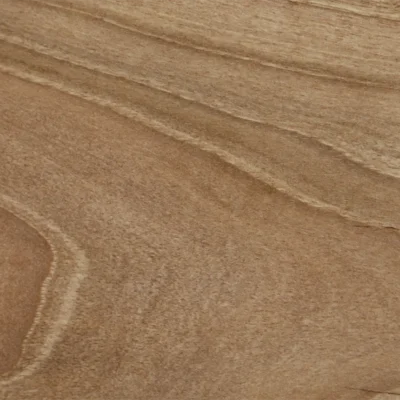
What are hardwoods?
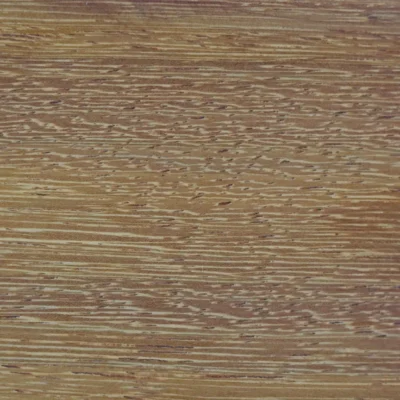
Iroko Wood: Uses and Characteristics
Nuestras tablas de cortar:
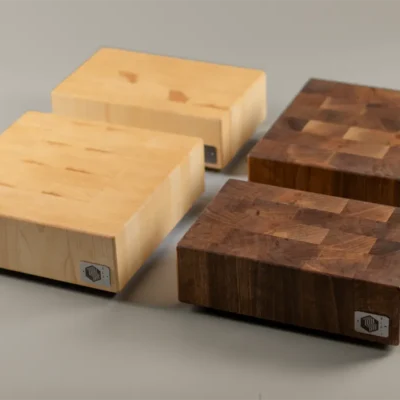
FORTIS
small chopping board
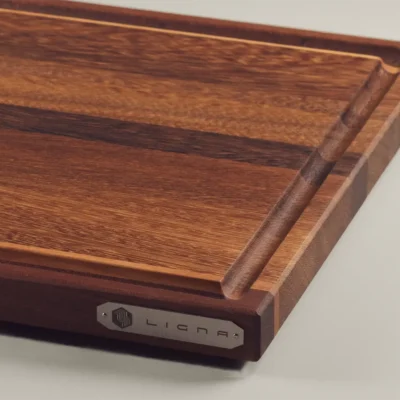
Chroma
large carving board
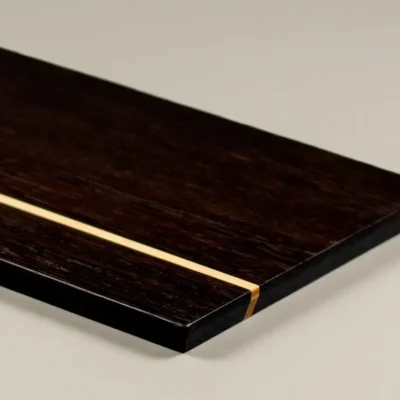
NIGRA
serving board
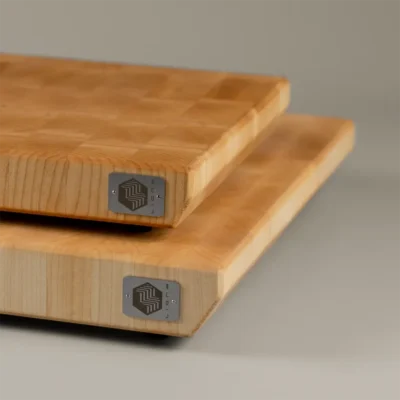
Pure
Maple maple butcher block
Pure
Maplemaple butcher block
